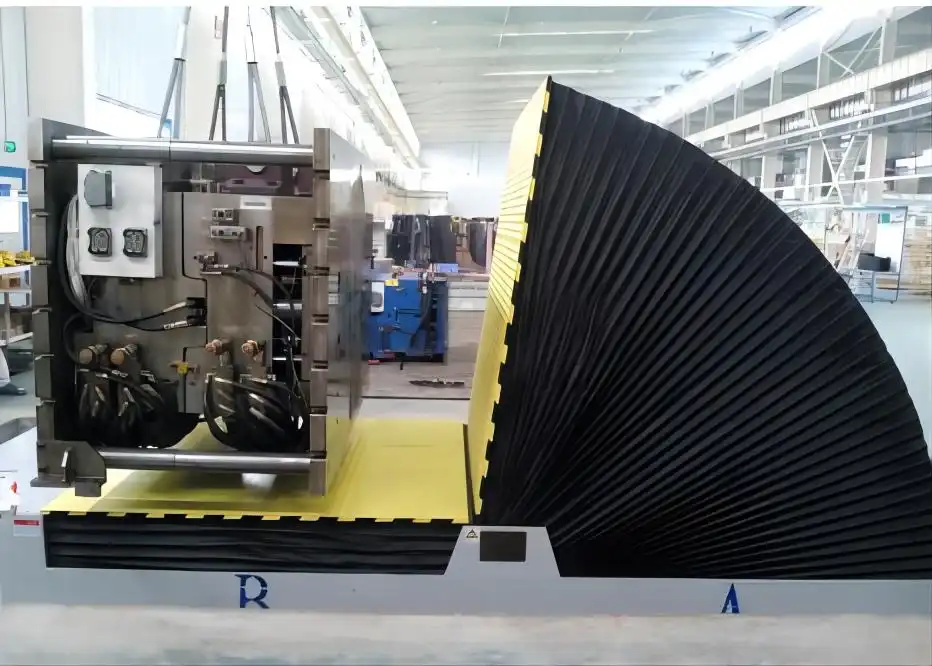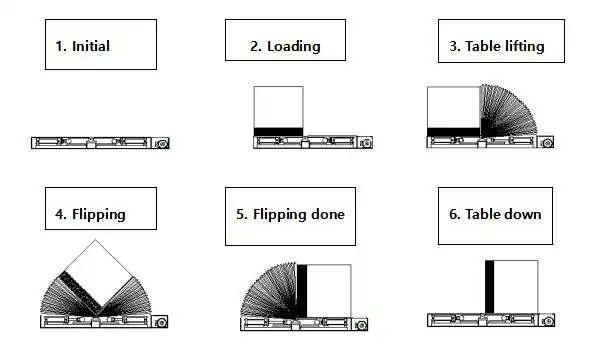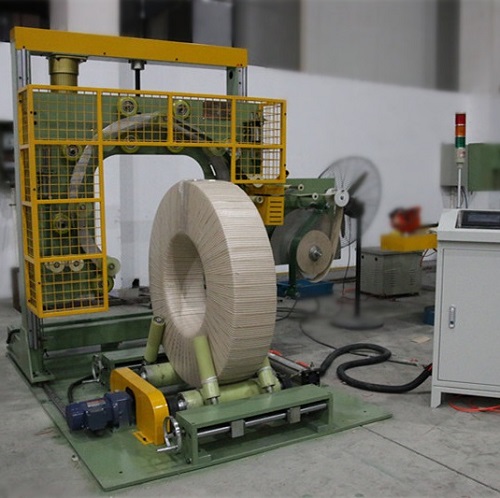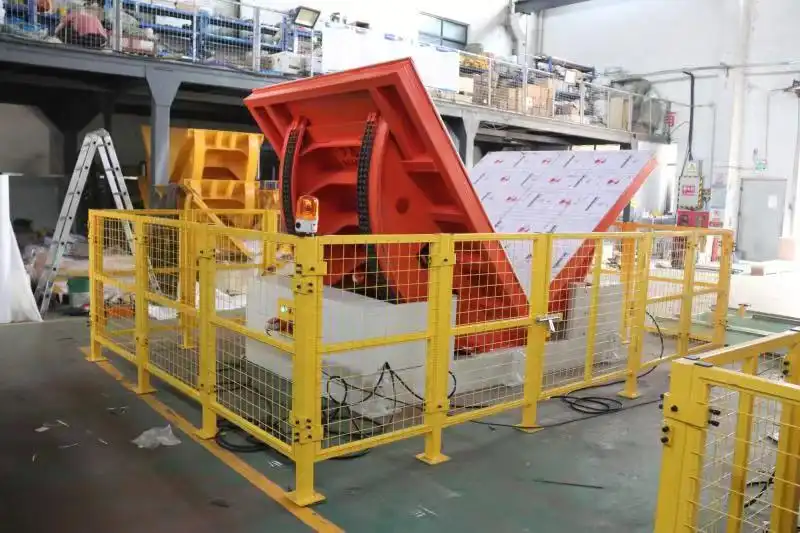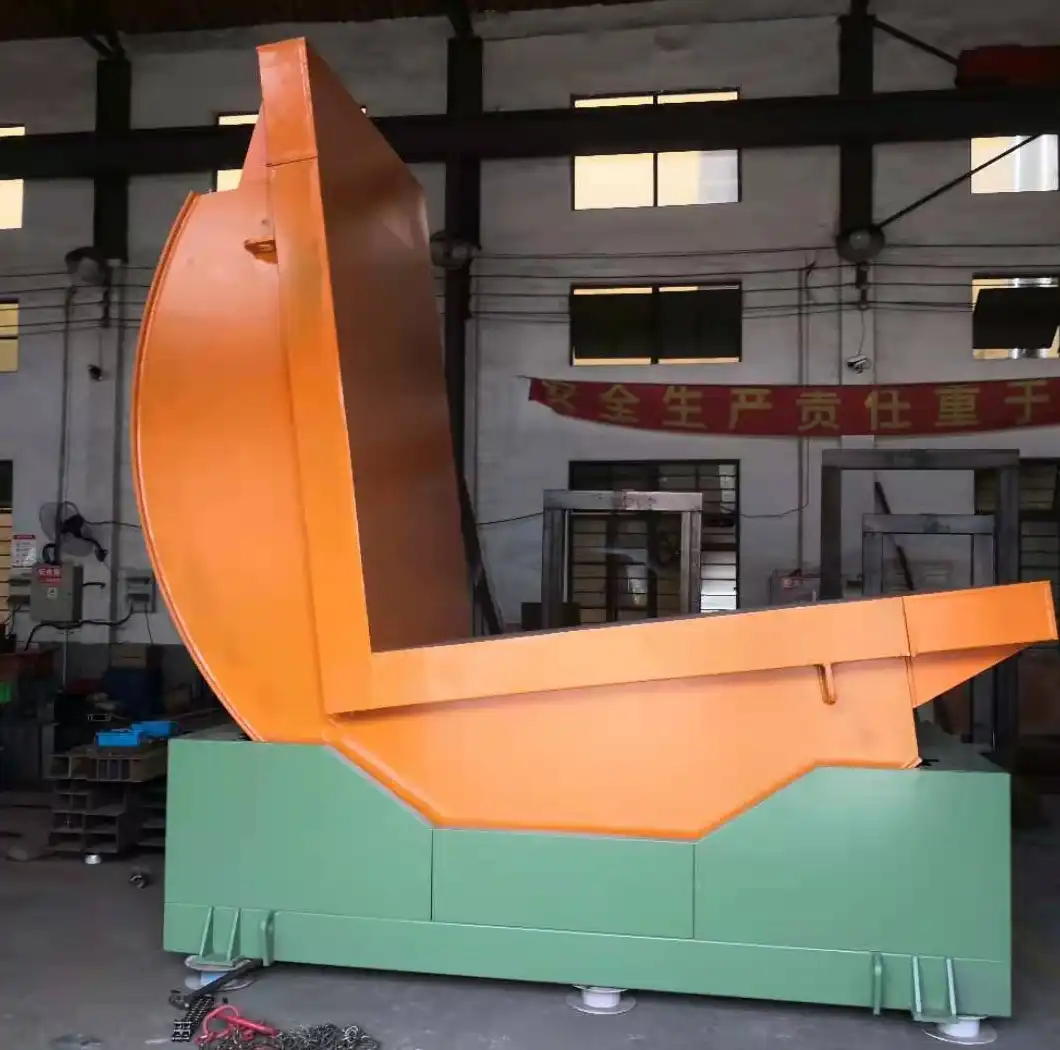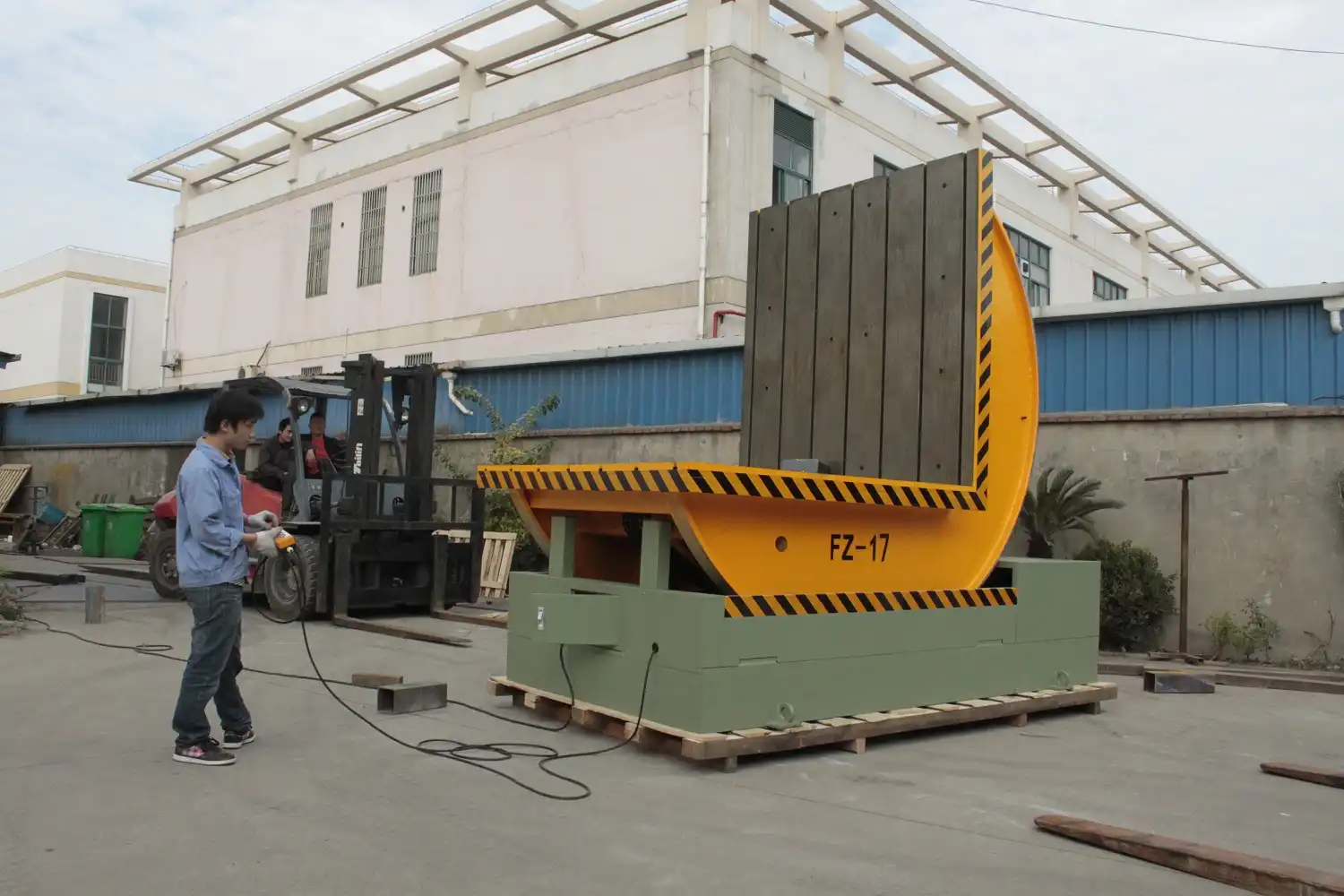How to Use Coil Lifting Devices to Improve Transport Safety
Moving heavy steel coils presents significant challenges. Incorrect handling can lead to damaged materials, costly downtime, and, most importantly, severe workplace injuries. Are your current methods putting your product and personnel at risk? Properly selected and used coil lifting devices are essential tools to mitigate these dangers.
Utilizing the right coil lifting devices is paramount to enhancing transport safety by providing secure, stable handling for heavy, bulky coils. These specialized tools, such as C-hooks, coil grabs, and vertical lifters, are engineered to grip coils precisely, minimizing the risk of accidental drops, damage, and worker injury during loading, unloading, and transport operations within industrial facilities.
Addressing these challenges requires more than just caution; it demands the right tools and knowledge. Understanding the available equipment and best practices for safe coil transport can transform a hazardous task into a controlled, efficient process, ensuring both product integrity and employee well-being.
Horizontal Coil Handling: Choosing the Right Lifter
Handling steel coils typically stored with the eye horizontal requires specialized equipment designed for this specific orientation. Selecting the appropriate device is critical for efficient and safe movement within warehouses and service centers.
For coils stored horizontally (eye horizontal), the primary lifting devices are C-hook style lifters and two-arm coil grabs. C-hooks are simple, counterweighted tools with no moving parts, ideal for frequent moves of consistent coil widths. Two-arm coil grabs, ranging from manual to fully motorized, offer more versatility in coil width adjustment and often require less aisle width, enhancing storage density. Both are designed to secure the coil through the eye, preventing edge damage and ensuring stable transport.
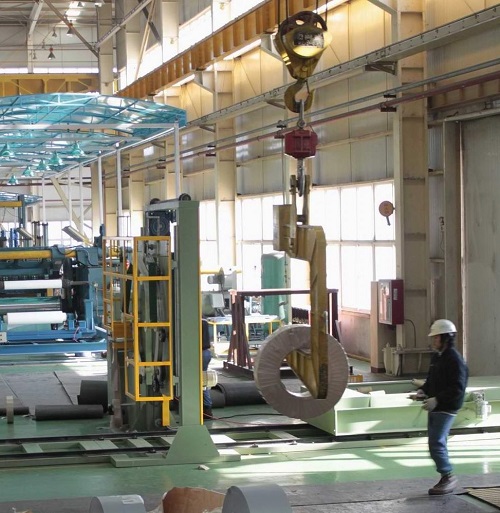
C-Hooks vs. Two-Arm Coil Grabs: A Detailed Comparison
When selecting a device for horizontal coil handling, the frequency of moves and the variability of coil sizes are key considerations. Two main types dominate: the C-hook and the two-arm coil grab. Each has distinct advantages and operational requirements that impact transport safety and facility layout.
C-Hook Lifters
C-hooks are perhaps the most recognizable coil lifting device. Their simplicity is a major advantage; with no moving parts, they are inherently reliable and require minimal maintenance. A C-hook is counterweighted to hang level, ensuring balance whether empty or loaded. Safety features often include urethane protection to prevent coil damage during lifting.
However, the design does present some operational considerations. The required aisle width is typically equal to the length of the lifting arm, plus clearance, which can impact storage density. The arm length is generally at least 80 percent of the coil width. Smaller, counterweight-free hooks are available for lighter coils (up to 5 tons), and some include a pivoting wedge for horizontal-to-vertical upending, adding a layer of versatility for certain workflows.
Two-Arm Coil Grabs
Two-arm coil grabs offer greater flexibility, especially when handling a variety of coil widths. They grip the coil via adjustable feet inserted into the eye. Manual versions require manual adjustment of legs along a beam, while motorized versions offer fast, push-button width changes. The lifting foot width is narrower than a C-hook arm, ranging from 8 to 13 inches on standard units, significantly reducing the required aisle width. This smaller footprint allows for increased storage density.
Motorized grabs are highly efficient, with legs that adjust telescopically. Available with fixed or rotating bails, they can integrate directly with crane controls for seamless, rapid transport. Safety features are often more advanced than C-hooks, including curved lifting feet with high-impact plastic rollers, built-in anticlamp sensors, and lockout limit switches to prevent accidental leg opening. Optional features like urethane padding, load scales, and photo-electric sensors further enhance safety and efficiency.
Choosing between these depends heavily on the specific needs of your operation:
| Feature | C-Hook Lifter | Two-Arm Coil Grab |
|---|---|---|
| Moving Parts | None | Manual or Motorized Adjustment |
| Maintenance | Low | Higher (especially motorized) |
| Aisle Width | Requires aisle width ~ arm length | Requires aisle width ~ lifting foot |
| Coil Width Adj. | Limited (different styles needed) | Adjustable (manual or motorized) |
| Storage Density | Lower | Higher |
| Complexity | Simple | More complex |
| Coil Protection | Urethane options | Curved feet, rollers, urethane, sensors |
| Motorization | Not applicable | Available (fully motorized common) |
| Capacity Range | Up to very high loads | Wide range, often specialized |
Selecting the correct device ensures that coils are lifted securely with minimal risk of slippage or damage, directly improving transport safety. The reduced aisle width requirement of grabs can also prevent collisions in tight spaces.
Vertical Coil Handling and Orientation Changes
Beyond horizontal handling, operations often require dealing with coils oriented vertically (eye to the sky) or changing a coil’s orientation between horizontal and vertical. This necessitates different types of lifting devices tailored for vertical access and specialized upending equipment.
For coils stored vertically or requiring lifting by the vertical eye, specialized vertical eye coil lifters are used. These come in standard manual, auto-adjusting scissors-style, or telescopic motorized versions, chosen based on lifting frequency and range of coil IDs. Coil upenders are essential for safely changing coil orientation from horizontal to vertical or vice versa, crucial for feeding processing lines or preparing for storage.

Vertical Lifters and Upenders: Enhancing Flexibility and Safety
Handling coils in a vertical orientation is common after slitting or for certain storage configurations. Vertical eye lifters are designed to lift coils stacked on their side.
Vertical Eye Coil Lifters
Several styles cater to different needs. For infrequent lifts or operations with consistent coil IDs, a standard manual vertical eye lifter suffices. When handling varying coil IDs or performing frequent lifts, a manually operated scissors-style ID lifter is more efficient; it automatically adjusts to the coil’s inner diameter, simplifying and speeding up the process. Telescopic vertical eye lifters offer even greater range and precision, with adjustments driven by a handwheel system or, for maximum speed and efficiency, a motor. These lifters grip the inside diameter of the coil, ensuring a secure hold for vertical transport.
Coil Upenders
Changing a coil’s orientation is a task that carries significant risk if not performed with appropriate equipment. Coil upenders are specifically designed for this purpose, safely moving a coil from a horizontal eye position to a vertical eye position, or vice versa. They are also frequently used to place coils onto pallets or remove them. An optional rotational base allows loading and unloading from multiple sides, enhancing workflow flexibility.
Using dedicated upenders eliminates hazardous manual methods or makeshift solutions that can lead to the coil tipping, rolling, or falling, causing damage to the material, the facility, or, critically, personnel. The controlled, mechanical movement provided by an upender ensures the heavy load remains stable throughout the transition.
Integrating the right vertical lifters and upenders into your material handling system allows for safe and efficient management of coils regardless of their orientation, optimizing workflow from storage to processing lines and improving overall safety by mitigating risks associated with manual handling or inadequate equipment.
Prioritizing Safety in Coil Transport Operations
Handling massive metal coils is inherently risky. Beyond choosing the correct lifting device, robust safety protocols, proper training, and diligent maintenance are non-negotiable elements for preventing accidents and ensuring transport safety.
Safety in coil transport hinges on several critical factors: selecting equipment rated for the coil’s weight, ensuring regular equipment inspection and maintenance, providing comprehensive training to operators on correct lifting techniques and procedures, maintaining clear pathways, and securing coils properly during movement and storage. Ignoring these can lead to catastrophic accidents involving heavy, unstable loads.
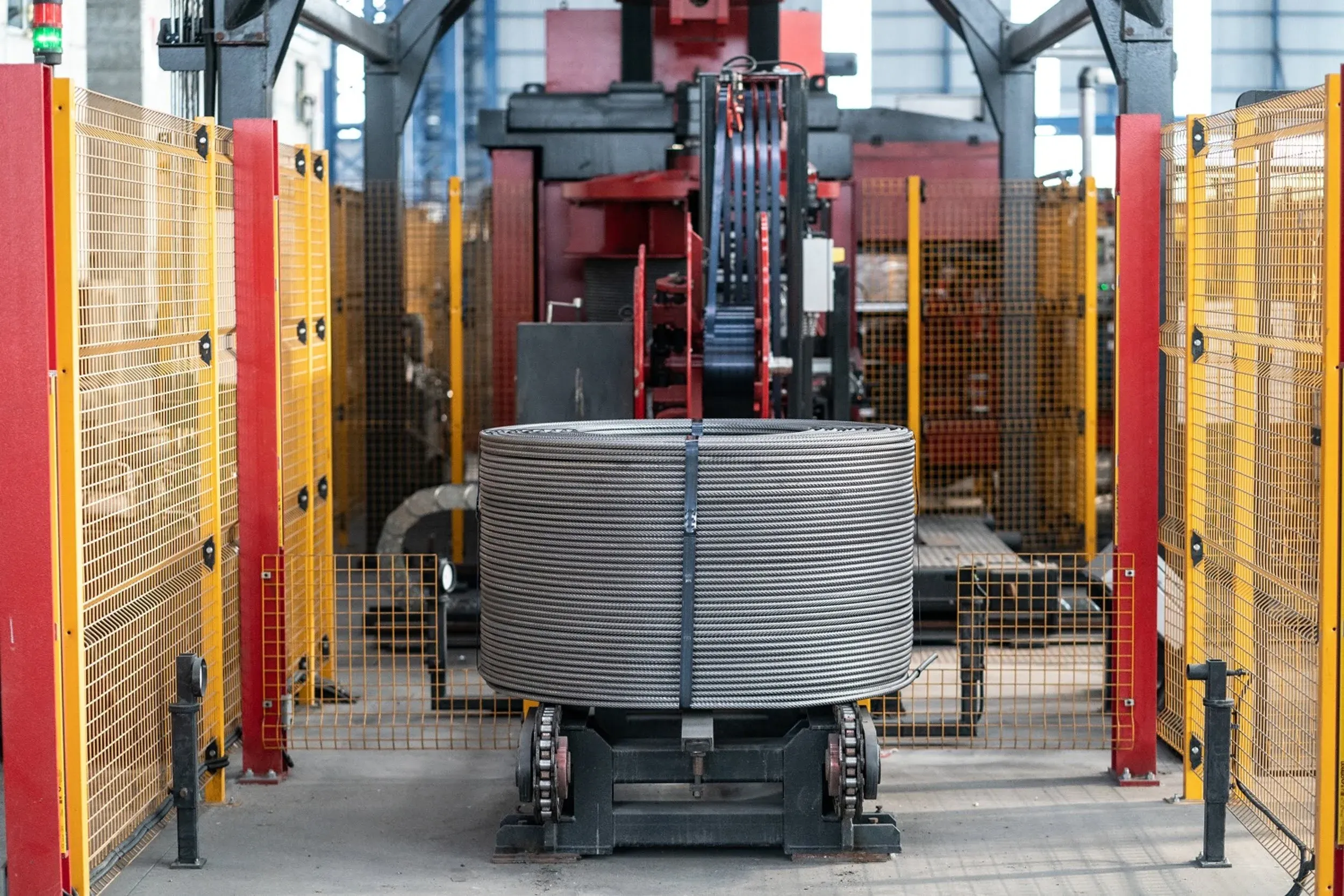
Key Safety Practices and Hazard Mitigation
Workplace safety starts with preparation and awareness. Every individual involved in coil handling must be equipped with appropriate Personal Protective Equipment (PPE), including steel-toed boots, safety glasses, and protective clothing. Proper training isn’t just about operating the equipment; it includes understanding load dynamics, safe lifting practices, and recognizing potential hazards.
Common Hazards and Prevention:
- Incorrect Weight Calculation / Overloading: Using lifting equipment or forklifts underrated for the coil’s weight is a direct path to equipment failure and dropped loads. Always verify the coil weight and the equipment’s capacity. Ensure the equipment used is rated above the coil’s weight, never below.
- Coil Slippage or Dropping: If a C-hook isn’t properly seated, a grab isn’t adjusted correctly, or a forklift’s forks aren’t adequately under the load and tilted back, the coil can slip. Ensure proper engagement and tilt for stability. Regular equipment checks for wear on gripping surfaces are vital.
- Coil Rolling or Tipping: Improper storage (not on level surfaces, inadequate racks, eye orientation not suited for storage type) or movement can cause coils to roll or tip. Store coils securely in designated areas using appropriate racks or blocking. Maintain control and balance during transport.
- Edge Damage / Product Loss: Nicking the edge of a coil during lifting or transport can render large portions or even the entire coil unusable. Use equipment with protective features like urethane padding or curved surfaces. Minimize handling passes; each move increases risk. Ensure operators are precise and avoid obstructions.
- Collisions: Moving large coils, especially in confined spaces or with limited visibility, risks collisions with structures, other equipment, or personnel. Implement clear traffic lanes, use spotters if necessary, ensure equipment has adequate visibility aids (mirrors, cameras), and maintain slow, controlled speeds. The reduced aisle width of certain grabs can mitigate this in storage areas.
- Fire Hazards (Storage): Storing coils on combustible materials like pallets can create a unique hazard during a fire, as burning pallets can cause stacks to become unstable and collapse. Work with fire inspectors to plan storage layouts and emergency procedures. Operators must know areas to avoid during a fire.
- Complacency: Experienced operators may become less vigilant over time. Ongoing refresher training is crucial to reinforce safe practices and keep safety awareness high.
| Hazard | Associated Risks | Prevention Strategies |
|---|---|---|
| Overloading | Equipment failure, dropped load, severe injury, damage | Always check load weight vs. equipment capacity. Use equipment rated above coil weight. |
| Coil Slippage/Dropping | Damage to coil/property, injury | Ensure correct equipment engagement, proper load balance/tilt. Inspect equipment for wear. |
| Rolling/Tipping | Damage, injury, facility disruption | Secure storage (racks, blocking, level surface). Controlled movement. |
| Edge Damage | Product loss, rework, scrap | Use protective equipment features (padding). Minimize handling. Precise operation. |
| Collisions | Injury, damage, delays | Clear pathways, slow speed, spotters, equipment visibility aids. Optimize layout. |
| Fire (Storage) | Structural collapse, injury risk to responders | Consult fire inspector on storage plans. Avoid combustible bases where possible. |
| Complacency | Increased likelihood of procedural errors | Regular refresher training. Promote a strong safety culture. |
Implementing rigorous safety procedures, combined with the right lifting equipment, forms the foundation of safe coil transport. It’s not just about moving the coil; it’s about managing the significant risks associated with that movement.
Selecting Equipment and Embracing Efficiency
Choosing the best coil handling system for a specific operation involves evaluating not just safety but also efficiency, workflow, and future needs, such as automation potential.
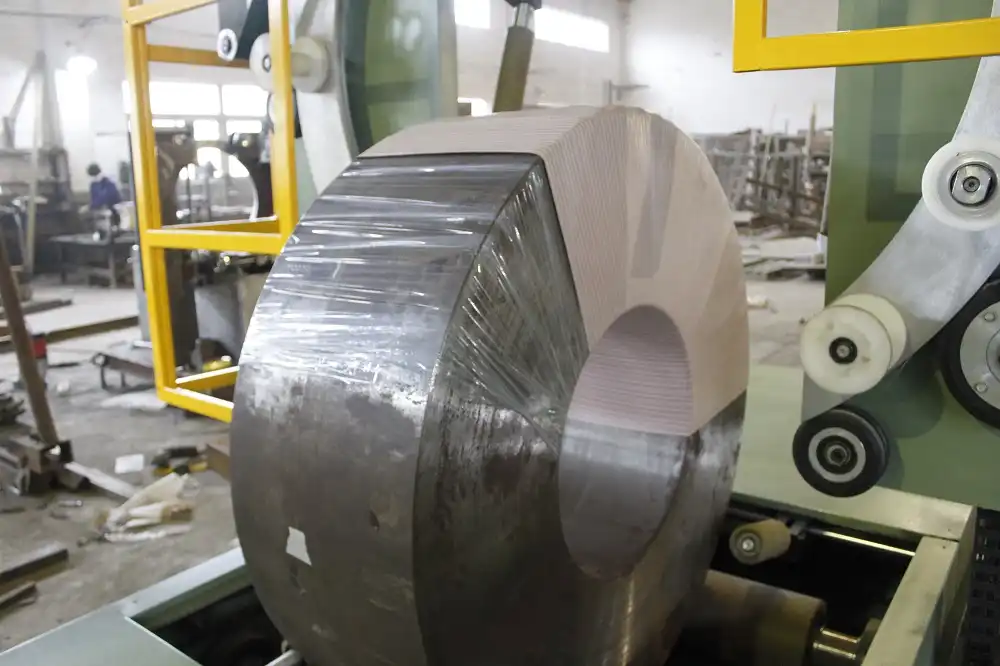
The optimal coil lifting device depends on factors like handling frequency, coil orientation, weight, and desired speed. Consulting experienced manufacturers helps match equipment capabilities to operational needs, ensuring safe and efficient material flow. While automation offers benefits in speed and reduced human error, initial costs and maintenance must be weighed. Basic forklift safety procedures are also crucial for general handling tasks. Selecting the right lifting equipment is critical for improving transport safety and operational efficiency. Factors determining the choice include how often coils are moved, whether their eye orientation changes, coil size, and weight. Consulting experienced manufacturers of below-the-hook lifting equipment allows for a thorough evaluation of your specific operation to recommend the most suitable C-hooks, grabs, vertical lifters, or upenders. This ensures the chosen equipment is adequately rated and designed for the task, minimizing risks of load damage or worker injury during transport. Forklifts, though not dedicated coil lifters, are often used for palletized or lighter coils and require strict adherence to safety protocols like checking load capacity, ensuring stable load positioning, and maintaining clear visibility.
Investing in specialized coil lifting equipment pays off by reducing damage and increasing throughput. For example, motorized two-arm grabs can integrate with crane controls, significantly speeding up transfers. Automated handling systems take this further, reducing human intervention and potential errors. Automated machines consistently pick up and place coils in the same location, minimizing the risk of edge damage. They can offer increased speed, higher throughput, reduced scrap from accurate cutting, and lower labor costs. However, the initial investment, lead times, and the need for specialized maintenance must be considered.
For operations where dedicated coil lifters aren’t feasible for every task, basic forklift safety when handling coils (often on pallets) is paramount. This includes inspecting the trailer floor, chocking wheels, securing dock plates, performing forklift safety checks, loading the coil with forks properly positioned under the load and tilted back, transporting at a safe, slow speed with the load kept low (ideally no more than 8 inches off the ground), and safely offloading by bringing the forks parallel before withdrawal. Always confirm the forklift’s lift capacity meets the load requirements. Remember, the operator is the most important safety feature – stay focused and follow established procedures.
Beyond equipment, streamlining business processes contributes indirectly to safety by reducing unnecessary handling and confusion. Efficient workflow design, robust inventory management, strict product inspection, and strong supplier relationships all play a role in ensuring materials are handled correctly from arrival to production. Regular maintenance of all handling equipment, whether dedicated coil lifters, cranes, or forklifts, prevents unexpected breakdowns that could lead to dangerous improvisations or handling errors. Seeking qualified consultation from experts ensures that your equipment selection is based on a thorough understanding of your operational needs and the capabilities of modern lifting technologies.
Conclusion
Improving transport safety when handling heavy steel coils is a complex but achievable goal, centered on selecting and correctly using specialized lifting devices. Whether dealing with horizontal or vertical coil orientations, the right C-hooks, grabs, vertical lifters, or upenders provide the necessary security and control. Prioritizing comprehensive safety training, adhering to strict handling protocols, and maintaining equipment diligently are equally critical to preventing accidents. Embracing efficient workflows and considering automation can further enhance both safety and productivity. Ultimately, a proactive approach to coil handling significantly reduces risks, protects valuable materials, and ensures a safe working environment, contributing to the overall success of operations involving coil handling.

